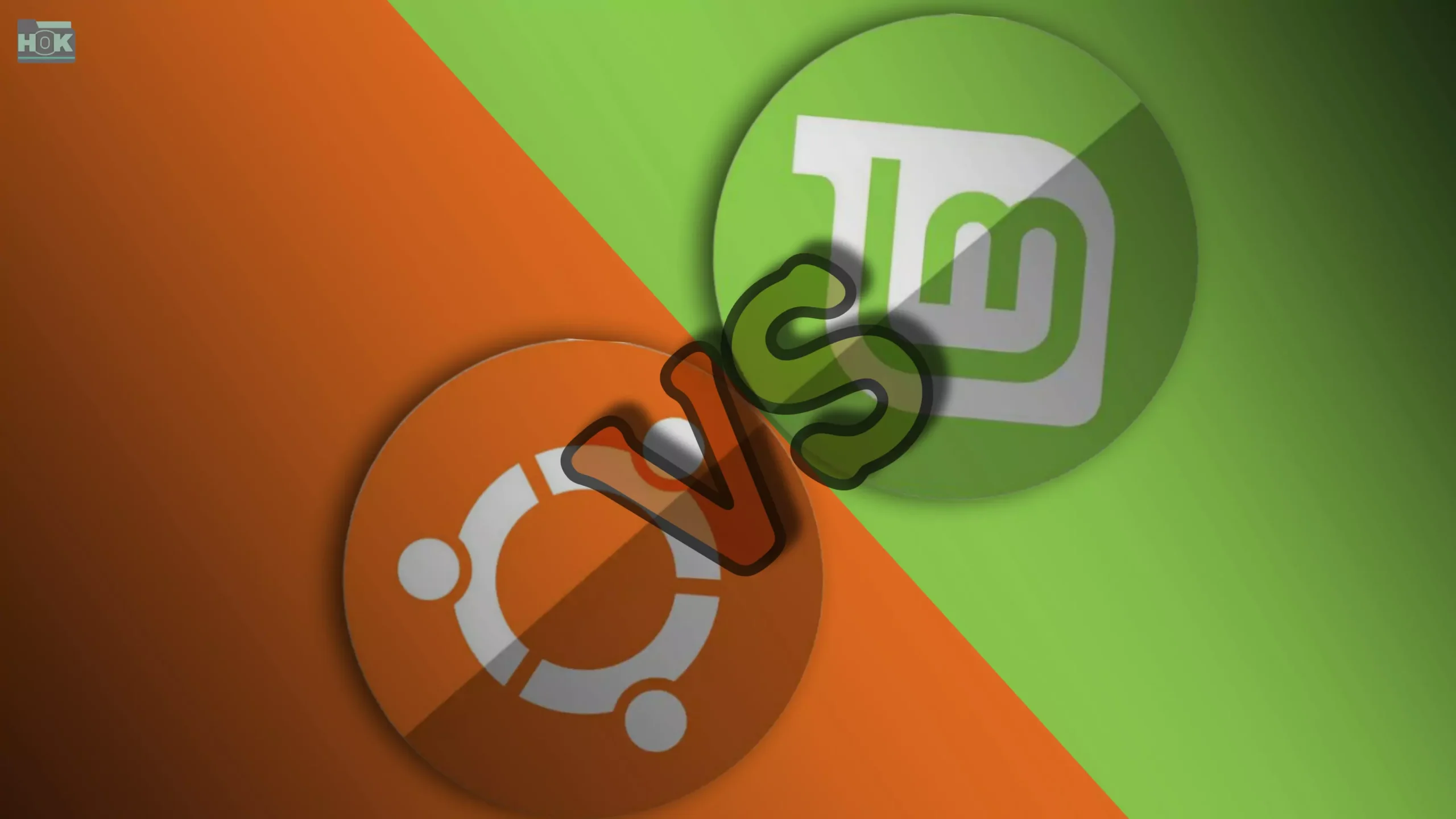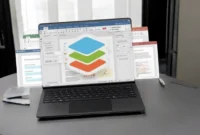What is the difference between Linux Mint and Ubuntu? Which one is right for you? This article will explore the main differences between these popular Linux distributions, focusing on their desktop environments, update policies, and ease of use.
Whether you value a familiar user experience, stability, or access to the latest features, we’ll help you determine which distribution best suits your needs and preferences.
There are many different types of Linux distributions (think of them as versions) under open-source control. The most popular ones recommended for those considering switching to Linux are Linux Mint and Ubuntu.

Try Linux Mint or Ubuntu for a Smooth Transition
There are many different Linux distributions, or “distros,” each designed to fit specific use cases or user preferences. When it comes to recommending distributions for those considering switching to Linux from Windows or macOS, Linux Mint and Ubuntu are the most popular choices due to their ease of use and broad support. Here’s a quick overview of both:
Ubuntu
- Easy to use: Ubuntu is considered one of the easiest Linux distributions to use. It has a simple, intuitive interface (using the GNOME desktop environment) and includes a variety of pre-installed software.
- Popular among beginners: It’s the first choice for new users due to its extensive documentation, large community, and excellent software resources.
- Regular updates: Ubuntu releases new versions every six months, making it a great choice for users who want to stay up-to-date while benefiting from frequent security and software updates.
- Enterprise Support: Ubuntu also has an enterprise-oriented version (Ubuntu Server) and professional support through Canonical (the company behind Ubuntu), making it a good choice for businesses.
Linux Mint
- Simplicity and Convenience: Linux Mint is based on Ubuntu, but focuses on creating a more familiar and comfortable experience, especially for users moving from Windows. Its main desktop environment, Cinnamon, is designed to resemble Windows in terms of layout and workflow.
- Pre-Installed Software: Mint comes with a lot of pre-installed software, including codecs for multimedia and other tools, making it easy to get started right away without the need to install additional software.
- Stability and Reliability: Mint is known for its stability, making it a great choice for users who prefer a system that “just works” without many issues.
- Less Frequent Changes: Ubuntu emphasizes regular updates, while Linux Mint generally emphasizes stability and incremental improvements. This makes Mint a good choice for users who don’t want to worry about constant updates and changes.
Key differences
- Desktop environment: Ubuntu uses GNOME (though it can be customized with extensions), while Linux Mint uses Cinnamon, which is more familiar to Windows users.
- Software options: Both distributions come with similar core software, but Linux Mint has more multimedia support by default.
- Update cycle: While Ubuntu releases new versions every six months, Mint takes a more conservative approach and releases new versions based on Ubuntu’s LTS (Long Term Support) versions, which means fewer updates but more stability.
What is the difference between Linux Mint and Ubuntu?
Linux Mint and Ubuntu are both great starting points for those new to Linux. Mint favors a more user-friendly experience with its Cinnamon desktop and focuses on stability, making it ideal for those looking for a Windows-like feel. Ubuntu, on the other hand, emphasizes the latest features and a strong community, offering a more modern and customizable experience, especially for those who enjoy using its system. The best choice depends on your personal needs and preferences.
Desktop Environment
- Mint: Mainly uses the Cinnamon desktop environment, which is known for its Windows-like look and ease of use.
- Ubuntu: By default, it uses the GNOME desktop environment, which is a modern and feature-rich environment.
Software Management
- Mint: Uses its own software manager and is generally considered easier to use than Ubuntu.
- Ubuntu: Based on the ever-evolving and more responsive Ubuntu Software Center.
Update Policy
- Mint: Offers updates less frequently than Ubuntu, emphasizing stability.
- Ubuntu: Releases updates more frequently, allowing users to use the latest features and security patches.
Hardware Support
- Mint: Considered to be more suitable for older hardware due to its lightweight desktop environment and focus on resource efficiency.
- Ubuntu: Generally works well on modern systems, but is more resource-intensive on older machines.
Customization
- Mint: Offers a wide range of customization options, allowing users to customize their desktop to their liking.
- Ubuntu: It also requires a bit of technical knowledge, but allows for a wide range of customization.
Community and Support
- Mint: has a strong and active community that provides users with a wide range of support and resources.
- Ubuntu: has a large and diverse community, and offers a wider range of support and resources.
Which one is right for you?
Ultimately, the best choice comes down to your personal needs and preferences. Here’s a quick guide to help you decide:
Choose Mint if you
- Prefer a Windows-like experience.
- Have older hardware.
- Prefer stability over regular updates.
- You want an easy-to-use software manager.
Choose Ubuntu if you
- You’ll be comfortable with a more modern desktop environment.
- You want access to the latest software and features.
- You prefer a larger, more active community.
- You are willing to invest a little in customization.
Conclusion
Both Linux Mint and Ubuntu offer interesting entry points into the world of Linux for newcomers. Mint has managed to create an easy-to-use experience for those switching from Windows, with its elegant Cinnamon desktop environment that emphasizes stability and ease of use. This familiar interface and focus on a smoother learning curve will be very appealing to those looking to introduce Linux better.
Ubuntu, with its GNOME desktop, supports a more modern and customizable approach, emphasizing the latest features and a vibrant community. It is an ideal choice for those who like to explore and customize their operating system, and are willing to take a little bit of a learning curve to gain more flexibility and access to the latest software. The best choice depends on your personal needs and preferences. I recommend trying out both distributions in a virtual machine environment if you are still undecided.


